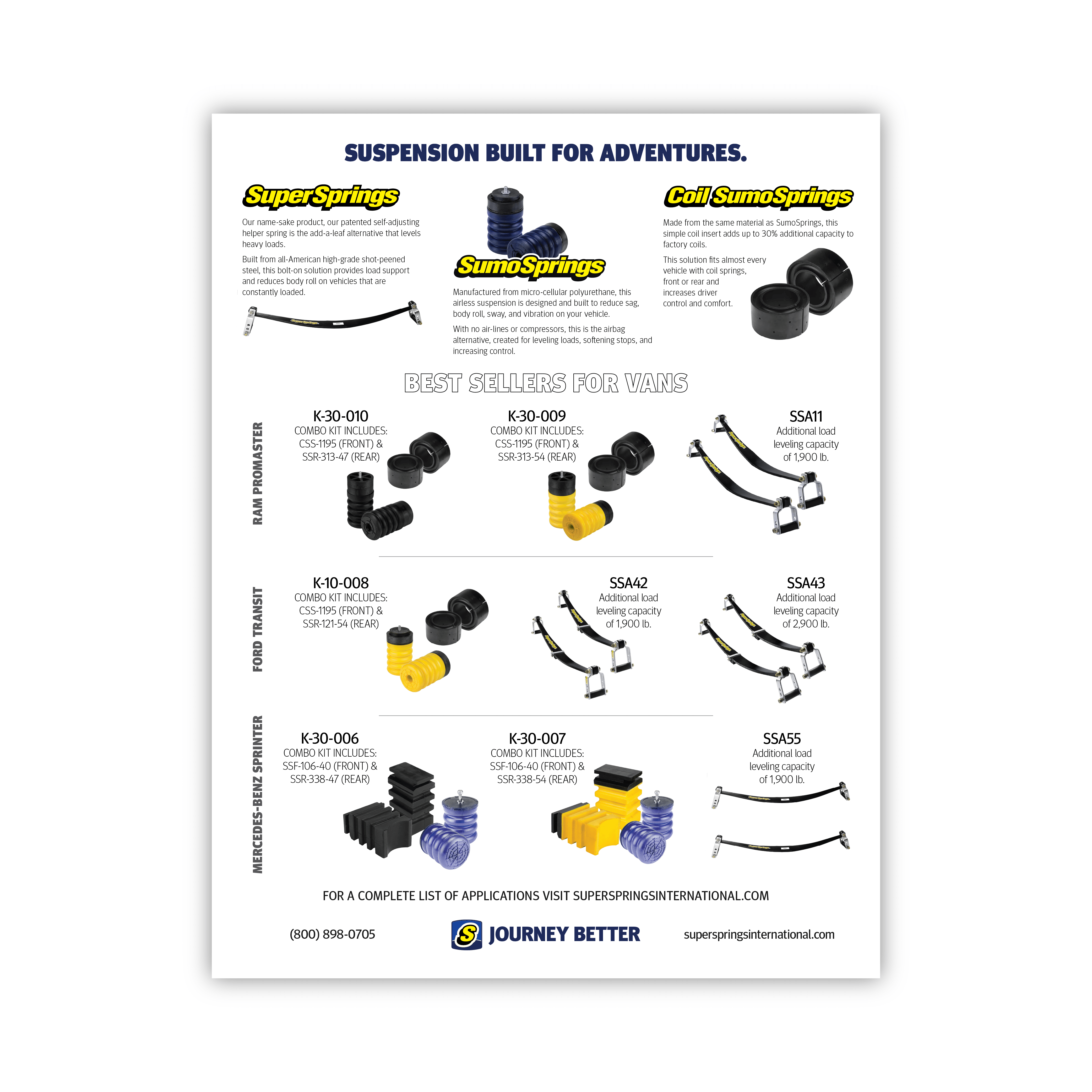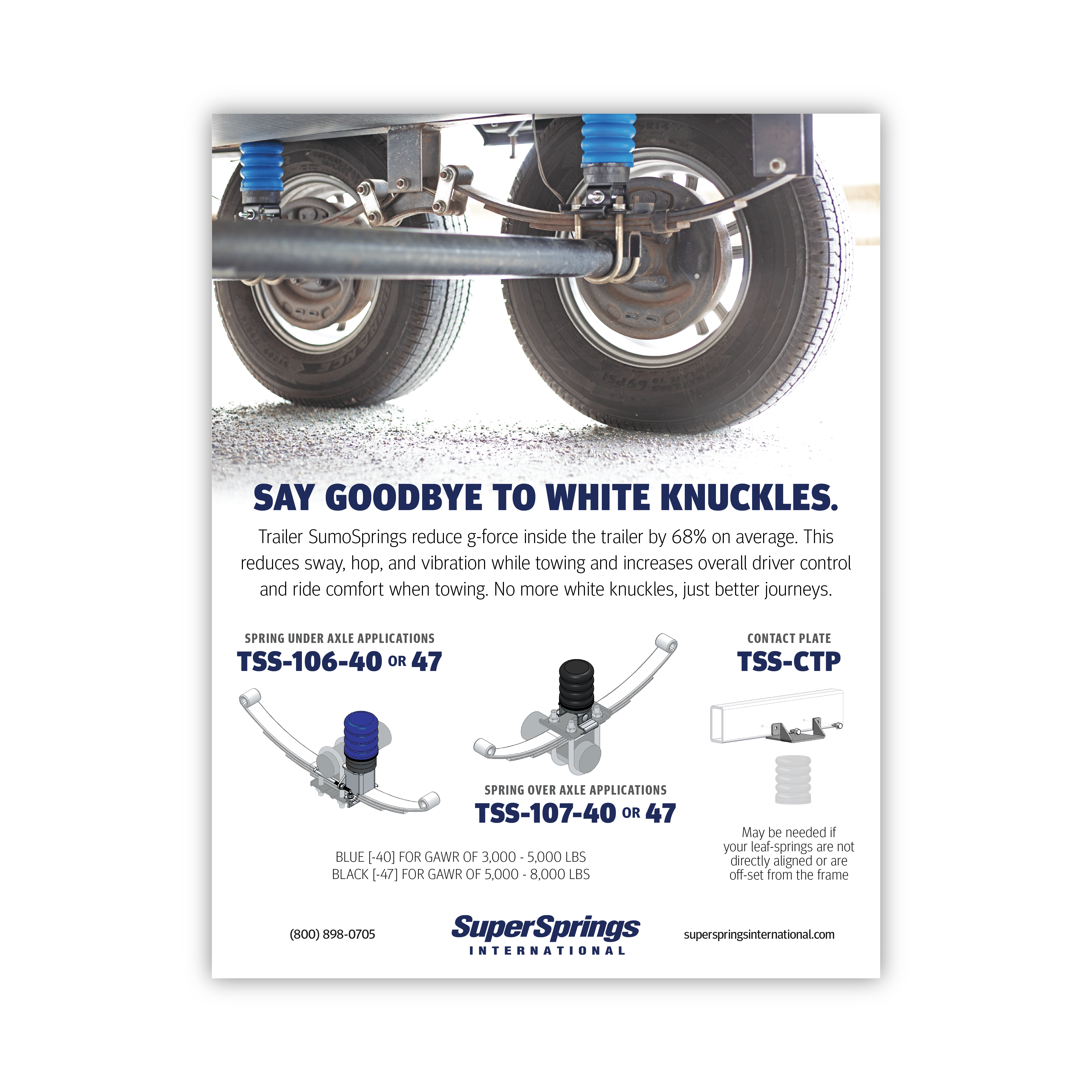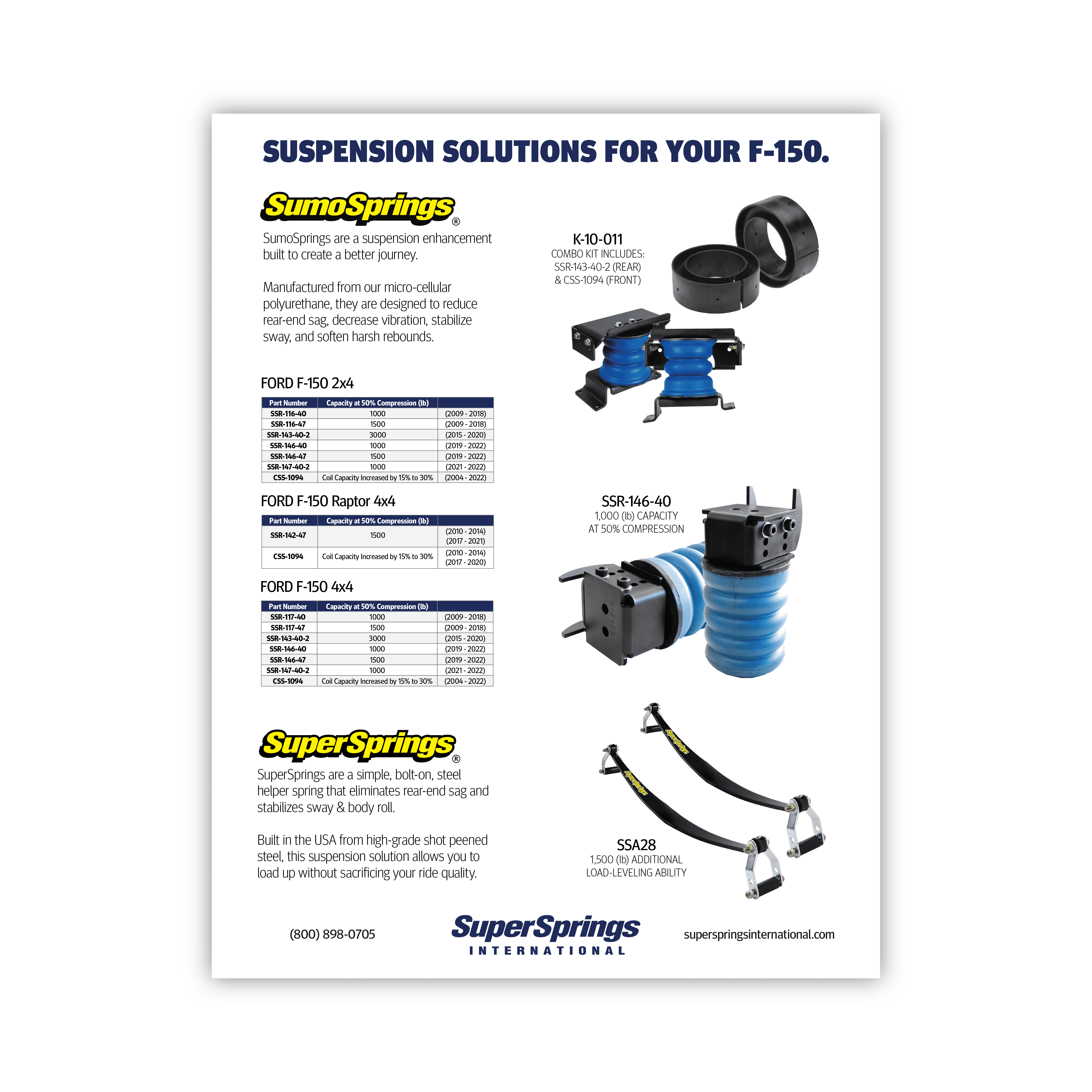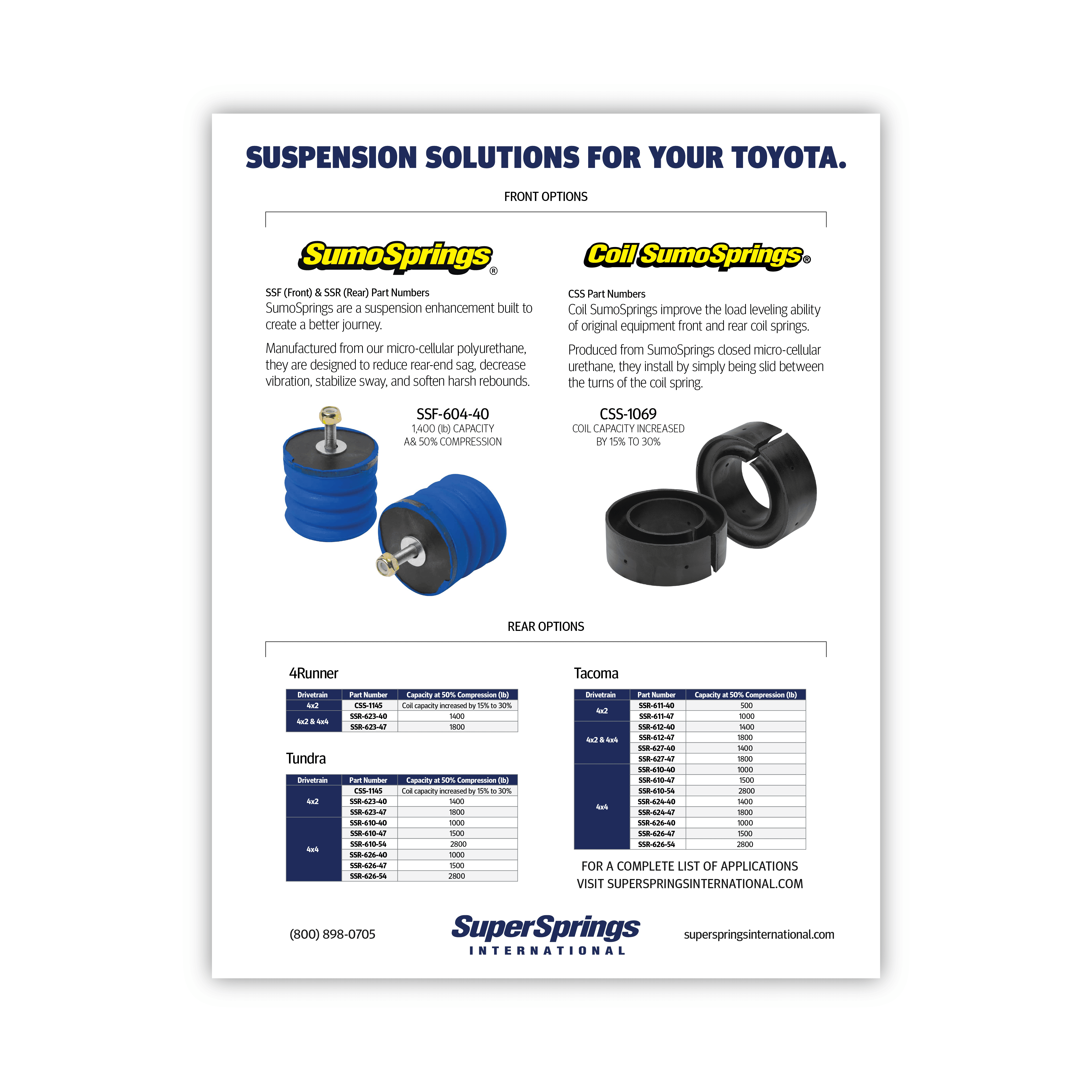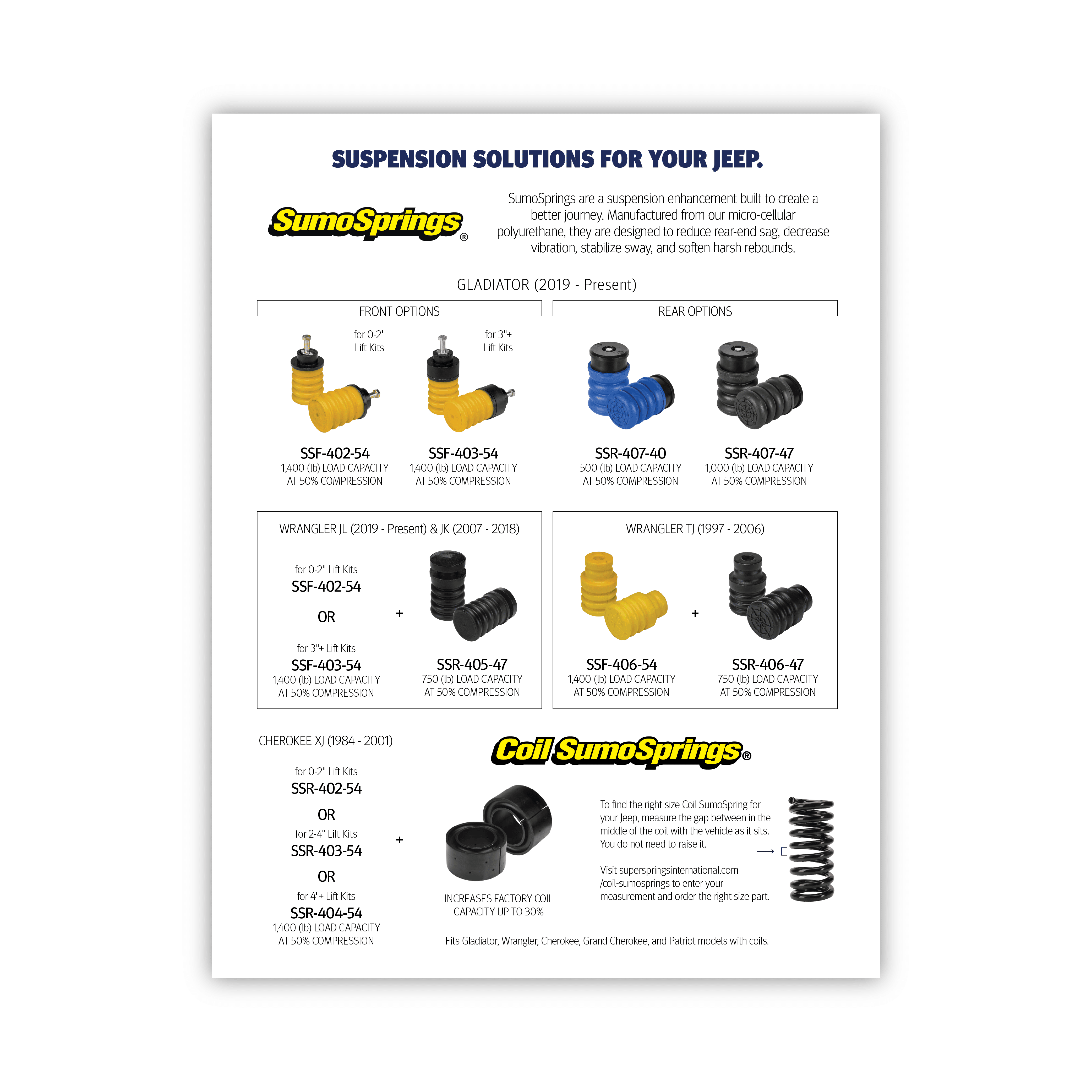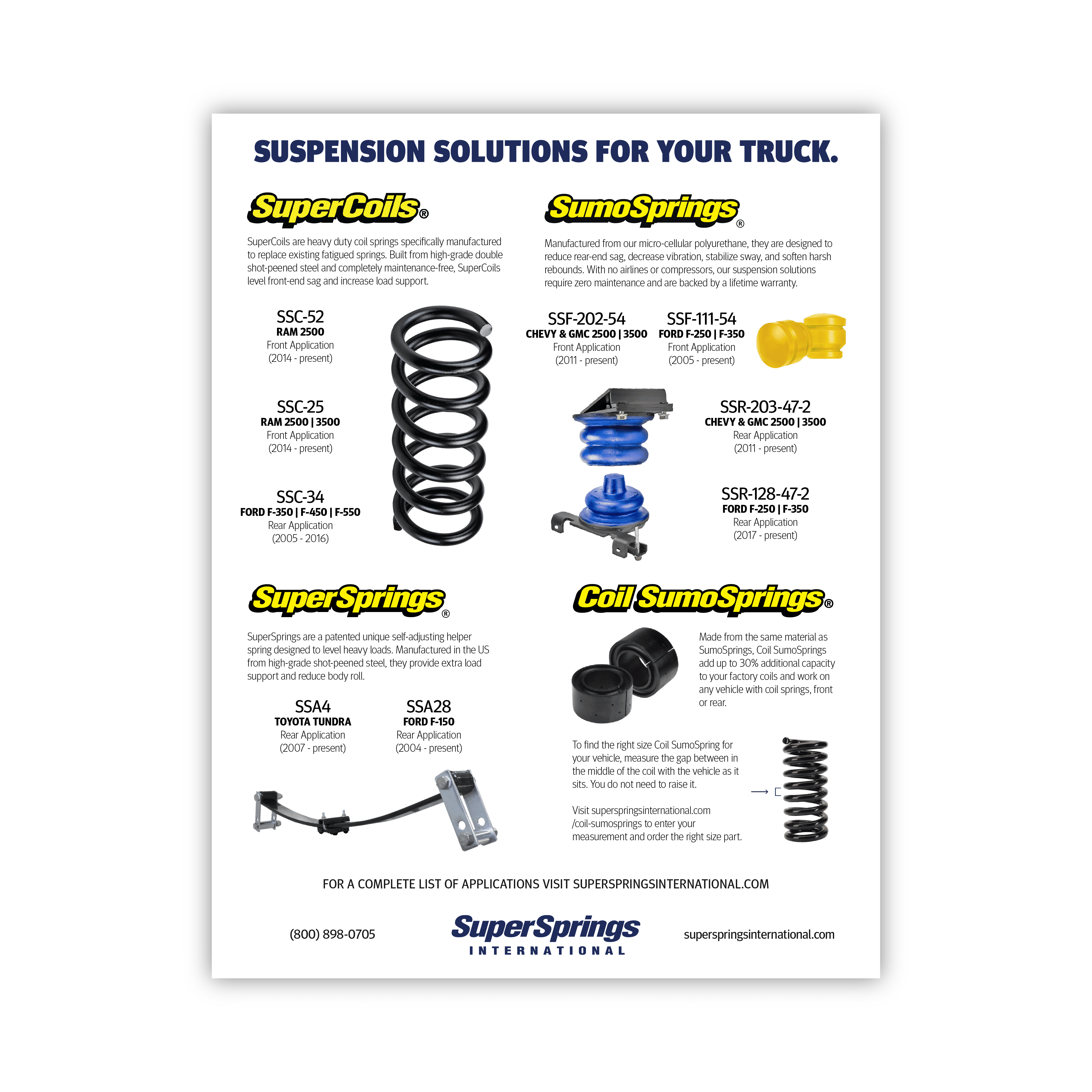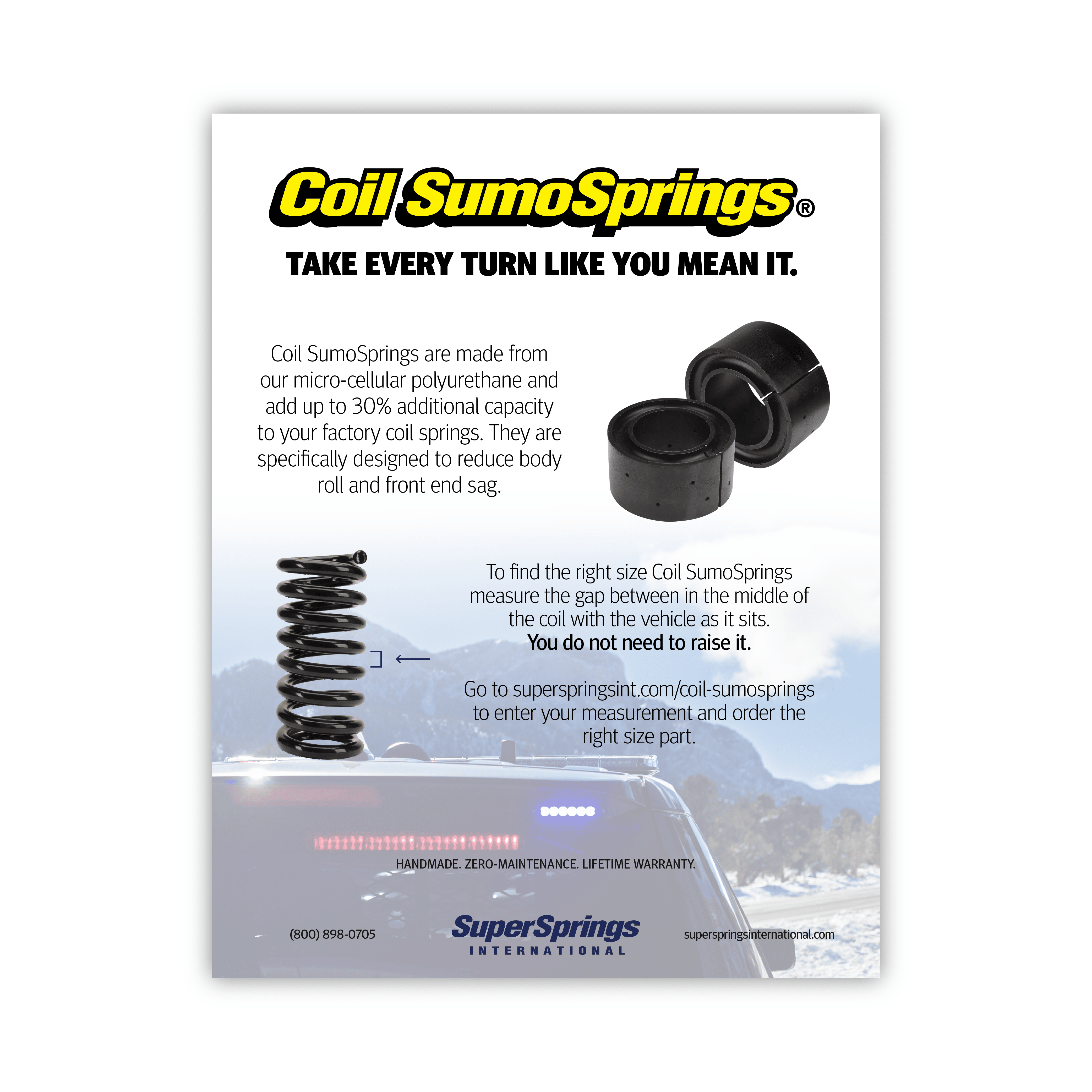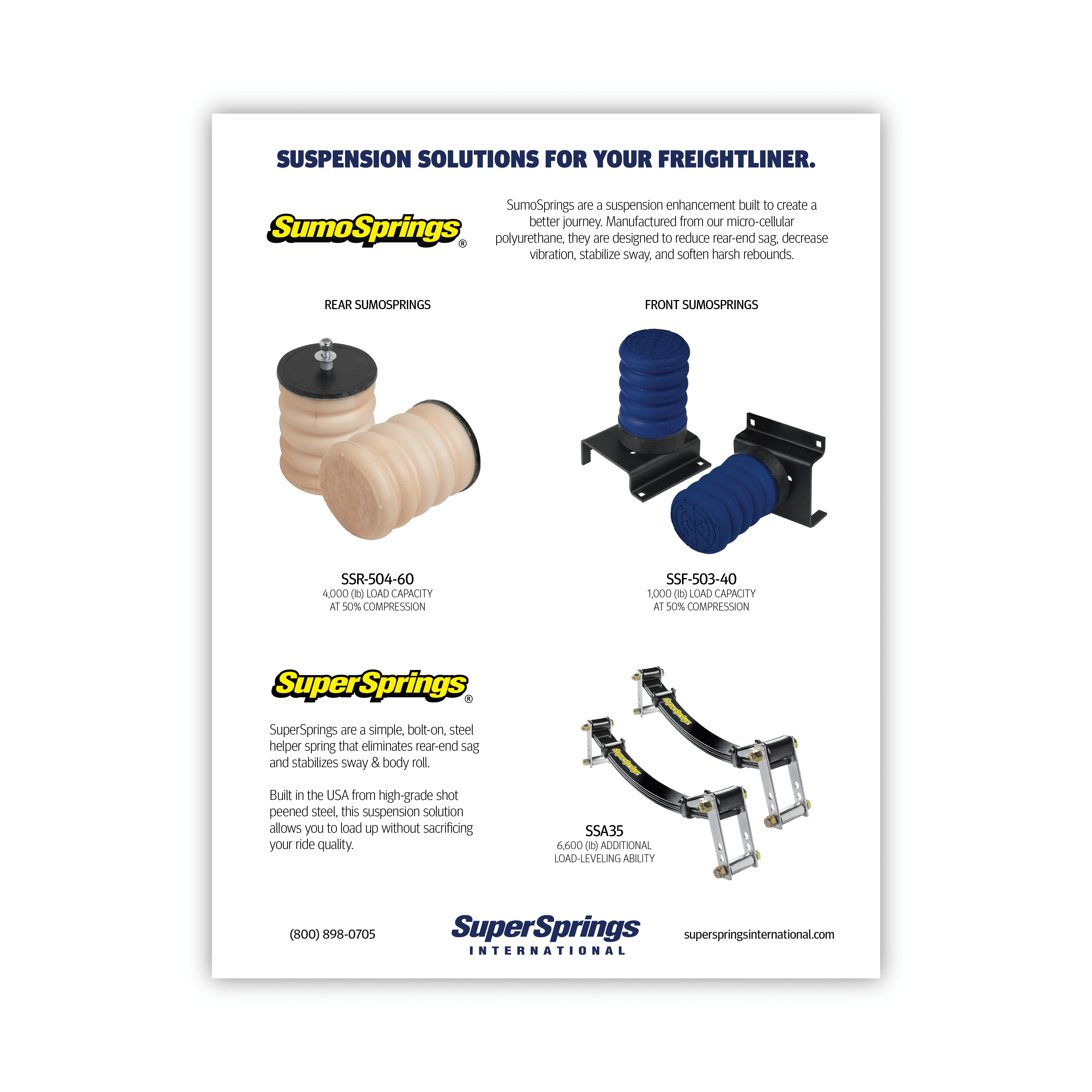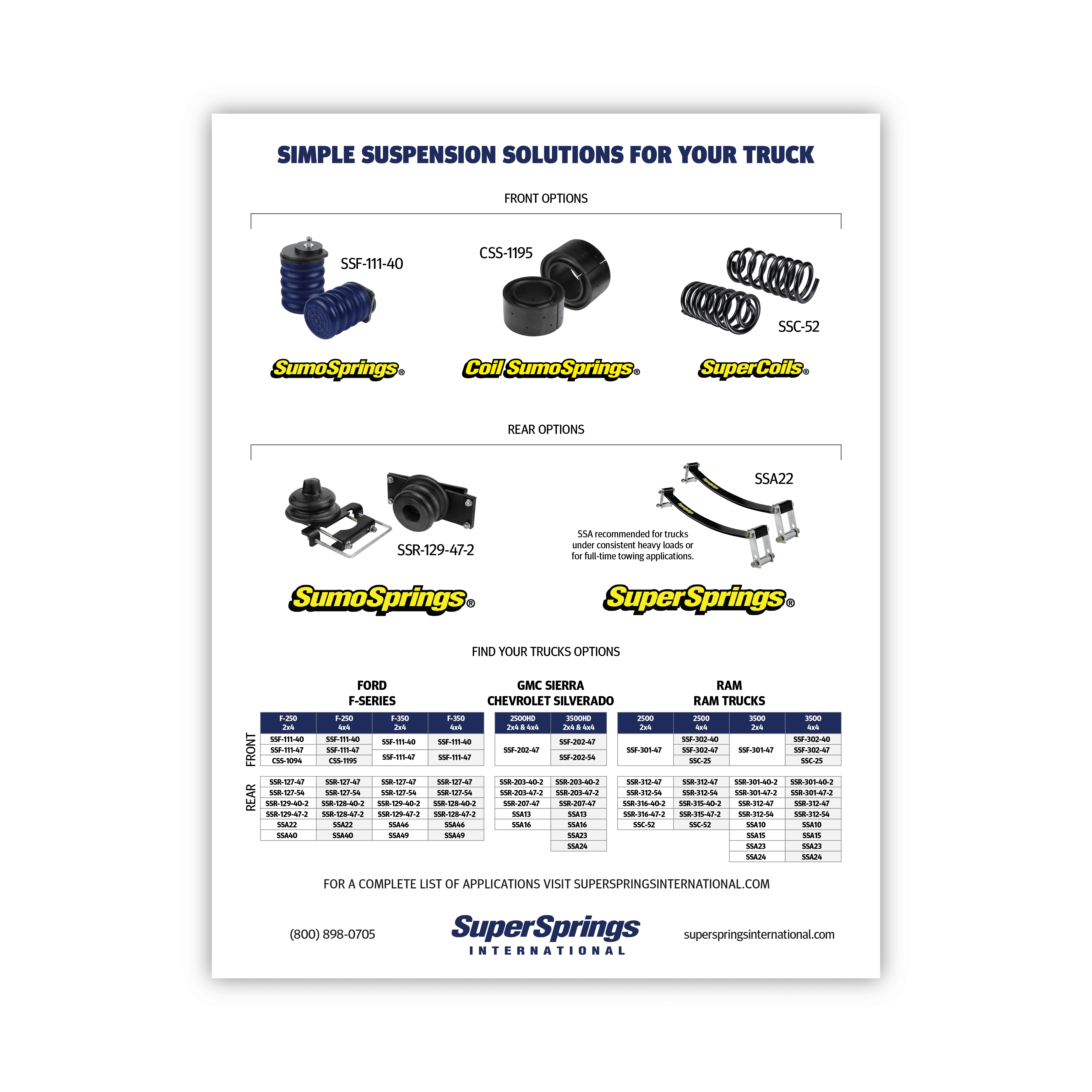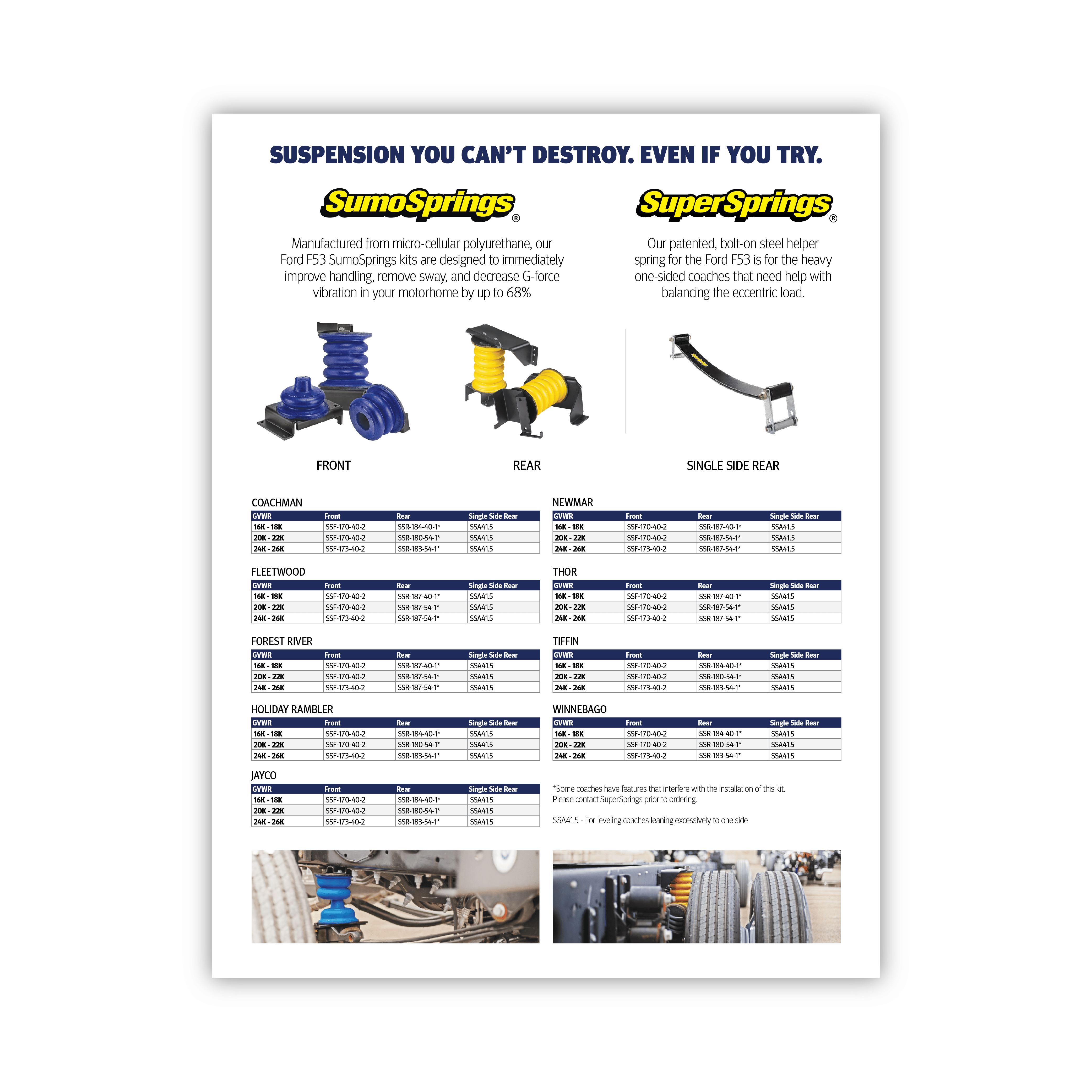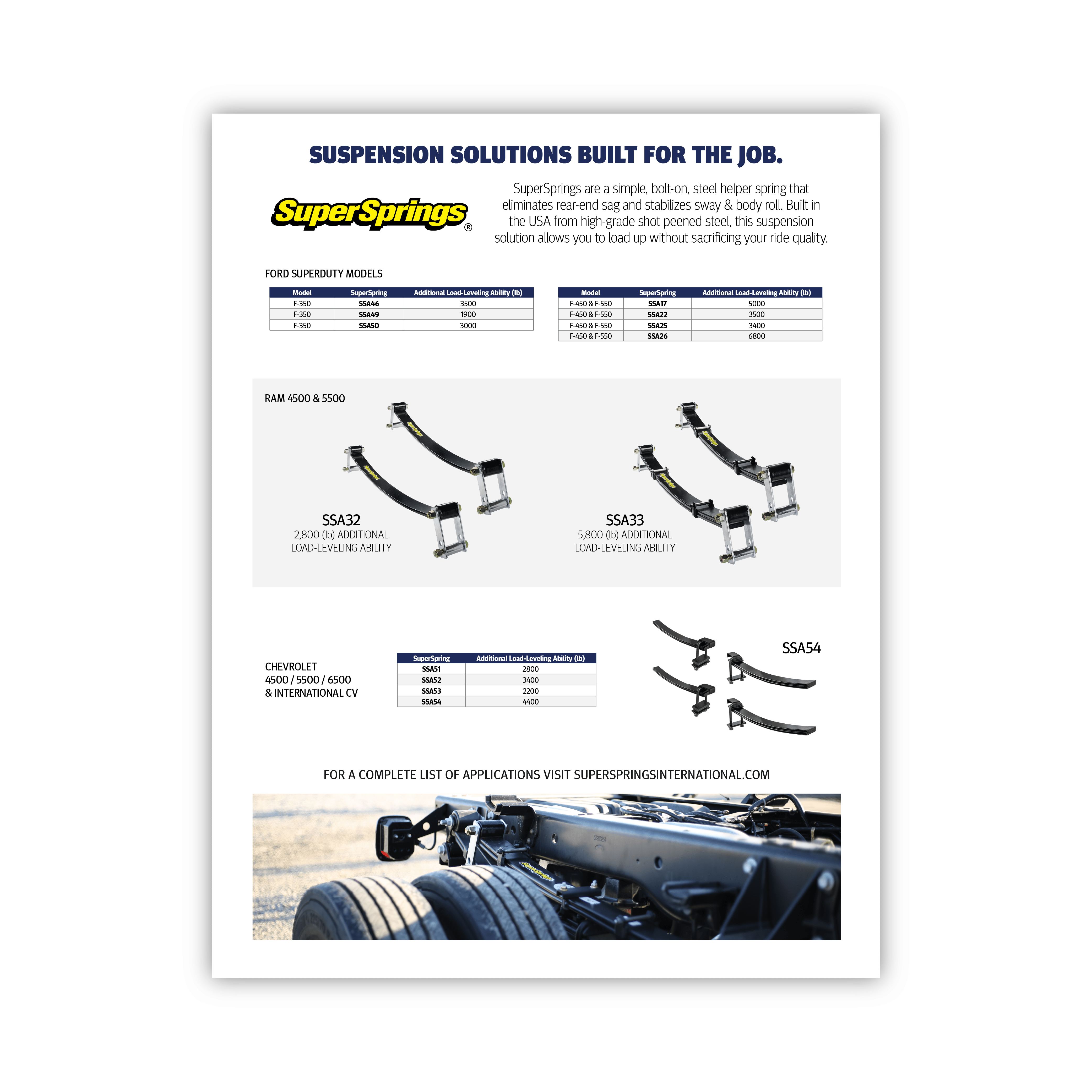In the world of materials engineering, the choice between different substances can significantly impact the performance, durability, and overall success of a product. Two materials often compared in various applications are microcellular polyurethane (MCU) and rubber. While rubber has been a traditional choice for decades, the advent of MCU has brought about a shift in preference for many engineers and designers. Let’s dive into the reasons why MCU is increasingly favored over rubber, exploring its superior properties, diverse applications, and the potential drawbacks of sticking with conventional rubber. Join us as we unravel the advantages of microcellular polyurethane and examine why it might be the better choice for your next project.
What is MCU (Microcellular Polyurethane)?
Microcellular polyurethane (MCU) is a specialized form of polyurethane foam known for its small, closed-cell structure. Developed in the 1960s, MCU combines the resilience and durability of solid elastomers with the lightweight and cushioning properties of traditional foams. This unique material is characterized by millions of tiny, closed cells, which provide excellent compressive strength, energy absorption, and vibration damping capabilities.
Key Characteristics of MCU (Microcellular Polyurethane):
Microcellular polyurethane (MCU) possesses a set of distinct characteristics that make it a preferred material for a wide range of applications. These key attributes stem from its unique microcellular structure, which imparts properties such as high compressive strength, effective energy absorption, and excellent vibration damping. Additionally, MCU’s resistance to various environmental factors further enhances its appeal. Let’s delve into some of these key characteristics in more detail:
- Compressive Strength: MCU’s ability to withstand significant loads without permanent deformation is a testament to its compressive strength. This property is crucial in applications where durability and stability are essential, such as in automotive and aerospace components.
- Energy Absorption: The material’s capacity to absorb and dissipate energy makes it ideal for shock absorption and impact protection. This feature is particularly beneficial in safety equipment and automotive components where energy management is critical.
- Vibration Damping: MCU’s vibration damping properties help reduce noise and enhance comfort in various applications. From industrial machinery to consumer electronics, this characteristic contributes to a quieter and more pleasant user experience.
- Resistance: MCU exhibits excellent resistance to abrasion, chemicals, and environmental influences such as UV radiation and extreme temperatures. This resilience ensures the longevity and versatility of products made from MCU, making them suitable for use in challenging conditions.
Stay Ahead in the World of Trucks, RVs, Off-Roading, and Commercial Vehicles
Don’t miss out on the opportunity to stay ahead in your automotive journey. Subscribe to our newsletter today and join a community of like-minded individuals who share your passion for trucks, RVs, off-roading, and commercial vehicles. Be the first to know about the latest developments and enhance your experience with our exclusive insights.
Advantage of MCU (Microcellular Polyurethane) vs. Rubber in Automotive Suspension Components
When it comes to automotive suspension components, the choice of material plays a crucial role in determining the vehicle’s performance, comfort, and longevity. While rubber has been a traditional choice for parts like bushings, mounts, and bump stops, there’s a superior alternative that’s gaining popularity among manufacturers and enthusiasts alike: microcellular polyurethane foam (MCU). Let’s delve into the reasons why MCU is becoming the preferred choice for automotive suspension components.
Durability and Longevity
One of the most significant advantages of MCU over rubber is its exceptional durability. MCU is highly resistant to abrasion, cuts, and tears, which means that suspension components made from this material can withstand the rigors of the road much longer than their rubber counterparts. For example, while a rubber bushing might start showing signs of wear after a few years of use, a polyurethane bushing can last the entire lifespan of a vehicle, reducing the need for frequent replacements and saving money in the long run.
Resistance to Environmental Factors
Automotive parts are constantly exposed to harsh environmental conditions, including extreme temperatures, oil spills, and road chemicals. MCU excels in this area, as it is resistant to oil, grease, ozone, and other chemicals that can cause rubber to degrade. Furthermore, MCU maintains its properties across a wide range of temperatures, ensuring consistent performance whether it’s a scorching summer day or a freezing winter night.
Vibration Damping
A smooth and quiet ride is a hallmark of a quality vehicle, and MCU plays a pivotal role in achieving this. Its excellent vibration damping properties help absorb road noise and vibrations, providing a more comfortable driving experience. For instance, a car equipped with polyurethane suspension bushings will typically feel more stable and less noisy on uneven surfaces compared to one with rubber bushings.
Load-Bearing Capacity
Suspension components need to support the weight of the vehicle and its occupants without compromising performance. MCU’s high load-bearing capacity makes it an ideal choice for these applications. It can support heavy loads without compressing excessively, ensuring that the vehicle maintains its ride height and handling characteristics even when fully loaded.
Tunability
One of the unique advantages of MCU is its tunability. Manufacturers can precisely control the density and hardness of the material during the production process, allowing for custom-tailored components that meet specific requirements. This means that a sports car can have firmer polyurethane components for better handling, while a luxury sedan can have softer ones for a plush ride.
Energy Absorption
In the event of an impact, the ability of a material to absorb and dissipate energy is crucial for safety and comfort. MCU excels in this area, providing better protection to the vehicle and its occupants during collisions or hard landings. For example, polyurethane bump stops can absorb more energy during a hard landing, reducing the force transmitted to the passengers and preventing damage to the suspension components.
Cost-Effectiveness
While MCU may have a higher upfront cost compared to rubber, its longer lifespan and reduced maintenance requirements make it a more cost-effective choice in the long run. The durability of MCU means that suspension components need to be replaced less frequently, saving money on parts and labor over the life of the vehicle.
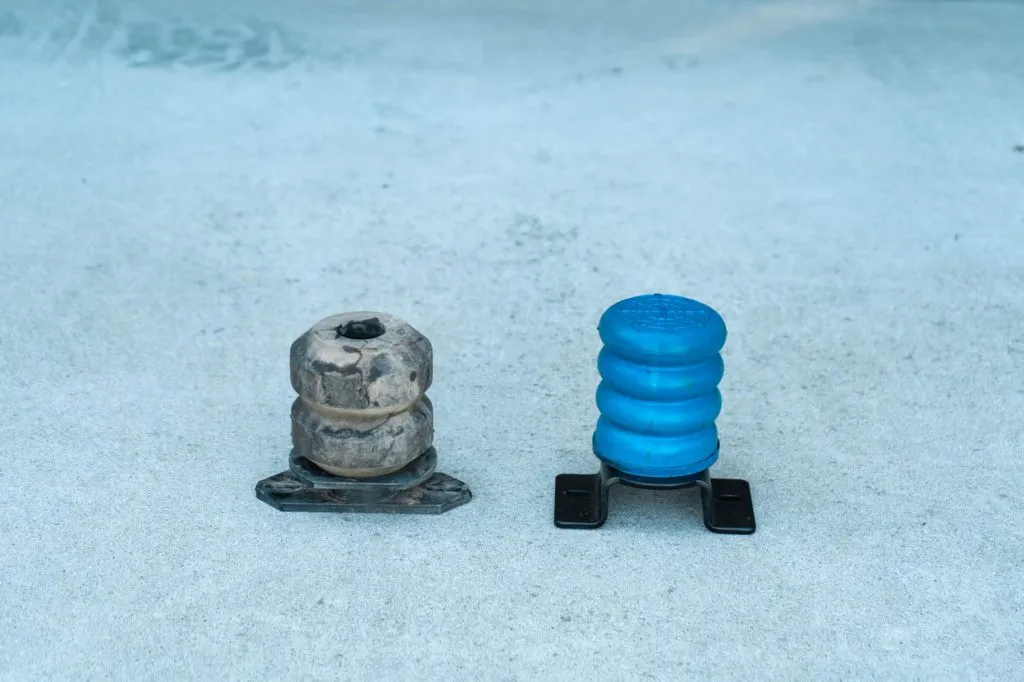
A Better Bump Stop
Bump stops are a critical component of a vehicle’s suspension system, designed to prevent the suspension from bottoming out during extreme compression. Microcellular polyurethane foam (MCU) bump stops, such as SumoSprings, offer a significant advantage over traditional rubber bump stops. They provide a progressive resistance, meaning they have a soft initial engagement but become progressively harder as they compress. This unique characteristic ensures a smooth transition, absorbing shocks and vibrations effectively while preventing harsh impacts, resulting in improved ride quality and control.
SumoSprings are a specific brand of MCU bump stops that have gained popularity for their ability to enhance suspension performance. Their unique, patented design features millions of tiny air bubbles that provide specific density and engagement to improve load handling. SumoSprings provide additional support to the suspension, helping to maintain ride height and stability, especially for vehicles that frequently carry heavy loads or tow trailers. Additionally, SumoSprings contribute to enhanced comfort by reducing body roll and smoothing out the ride on uneven roads or during off-road adventures.
The ease of installation and maintenance of SumoSprings makes them a practical upgrade for most vehicles. They are designed to be a direct replacement for factory bump stops, ensuring a straightforward installation process. Their durable construction ensures a long service life with minimal maintenance required, making them a cost-effective solution for improving a vehicle’s suspension system. Whether it’s a light-duty passenger car or a heavy-duty truck, SumoSprings offer a versatile solution to enhance the overall driving experience.
Chosen by Industry Leading OEMs
Brands like Jeep, Toyota, Land Rover, and Ford choose microcellular polyurethane (MCU) over rubber for their suspension components due to several key advantages that MCU offers, particularly for off-road and rugged vehicles. One of the primary reasons is the superior durability and longevity of MCU. Unlike rubber, which can degrade over time when exposed to harsh environmental conditions such as extreme temperatures, oil, and UV radiation, MCU maintains its integrity and performance. This makes it an ideal choice for off-road vehicles like the Jeep Wrangler and Toyota Tacoma, which are often subjected to demanding conditions where the durability of suspension components is crucial.
Another significant advantage of MCU is its ability to provide better vibration damping and shock absorption. Off-road vehicles like the Land Rover Defender and Ford F-150 Raptor encounter a wide range of terrains, from rocky paths to muddy trails. MCU’s progressive resistance characteristics allow for a softer initial impact absorption, which becomes progressively firmer as the material compresses. This results in a smoother ride over uneven surfaces and better control when navigating through challenging off-road conditions. The enhanced vibration damping also contributes to reduced wear and tear on other vehicle components, further extending the overall lifespan of the vehicle.
Moreover, the tunability of MCU allows manufacturers to tailor the material’s properties to meet the specific requirements of each vehicle model. For example, a vehicle designed for extreme off-roading might require suspension components with a higher load-bearing capacity and firmer resistance, while a luxury off-road SUV might prioritize comfort with softer, more compliant MCU components. This level of customization ensures that each vehicle can deliver the optimal balance of performance, comfort, and durability, aligning with the brand’s reputation and customer expectations.
In the quest for the optimal automotive suspension, microcellular polyurethane foam stands out as the superior choice. Its durability, resistance to environmental factors, vibration damping, load-bearing capacity, tunability, energy absorption, and cost-effectiveness make it an attractive option for manufacturers and vehicle owners alike. Whether it’s for a high-performance sports car or a luxury sedan, MCU ensures a smoother, quieter, and more enjoyable driving experience.
Why Would Someone Choose Rubber Over MCU?
While microcellular polyurethane (MCU) offers a range of superior qualities, there are instances where rubber might be chosen, often due to factors that could be considered drawbacks rather than advantages.
- Cost-Driven Decisions: One of the primary reasons for opting for rubber over MCU is its lower cost. However, this cost-saving is often short-sighted, as the inferior durability and performance of rubber can lead to higher expenses in the long run due to more frequent replacements and maintenance.
- Outdated Sense of Comfort: Rubber’s flexibility, while traditionally seen as an advantage, is a sign of outdated technology. In modern applications where precision and longevity are key, the less flexible but more durable MCU is often the better choice. Unfortunately consumers are often mislead by a false understanding of rubber equating to comfort.
- Lack of Awareness: The continued use of rubber in some applications can be attributed to a lack of knowledge about the benefits of MCU. As awareness of MCU’s superior properties grows, it is likely that its use will become more widespread, replacing rubber in many applications.
- Energy Dissipation: In situations where energy dissipation is required, rubber might be preferred. However, this is a niche requirement, and in most cases where energy absorption and controlled release are more important, MCU provides a more effective solution.
So Why Microcellular Polyurethane (MCU) Over Rubber?
The shift from traditional rubber to microcellular polyurethane (MCU) in various applications, particularly in automotive suspension components, is a testament to the superior qualities of MCU. Its durability, resistance to environmental factors, exceptional vibration damping, and tunability make it a preferred choice for engineers and designers seeking to enhance the performance and longevity of their products. While rubber may still have its place in certain applications, the advantages of MCU are compelling, offering improved safety, comfort, and overall efficiency. As awareness of MCU’s benefits continues to grow, it is likely to become the material of choice for an even wider range of applications, further solidifying its position as a key player in the world of materials engineering.







